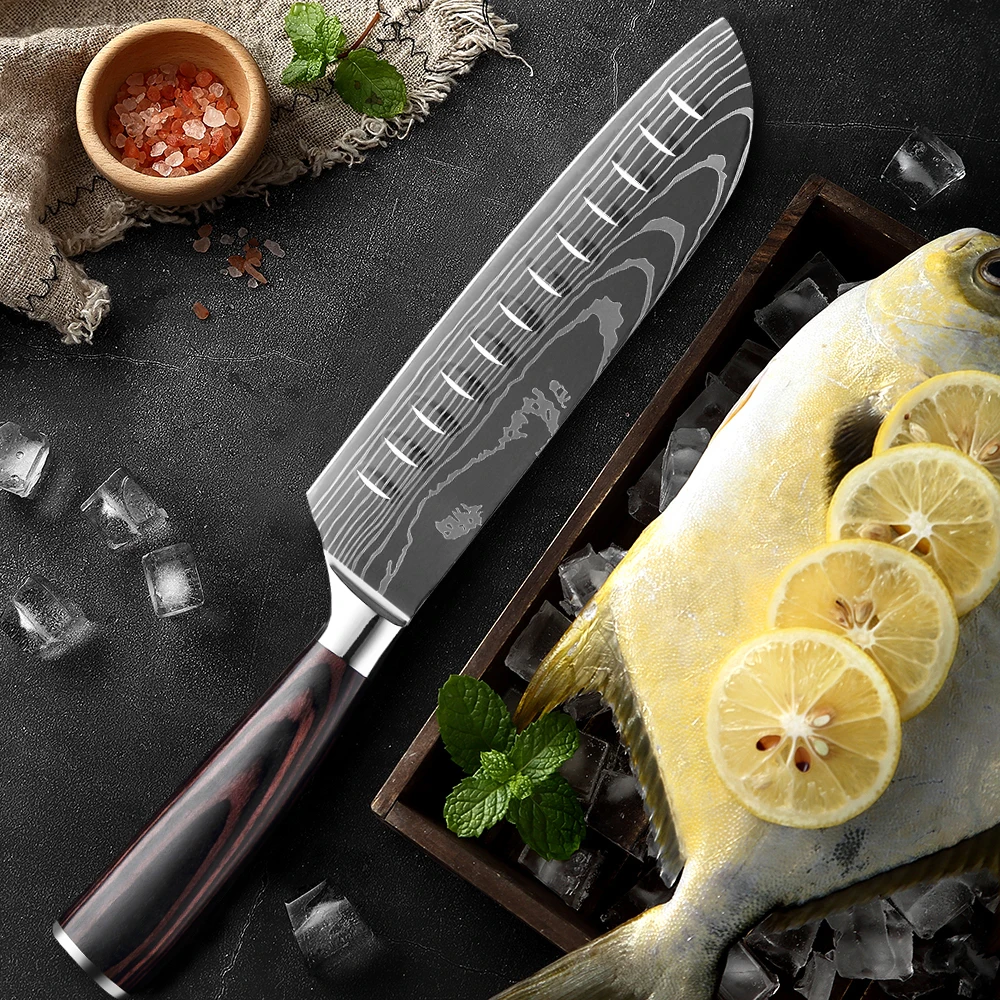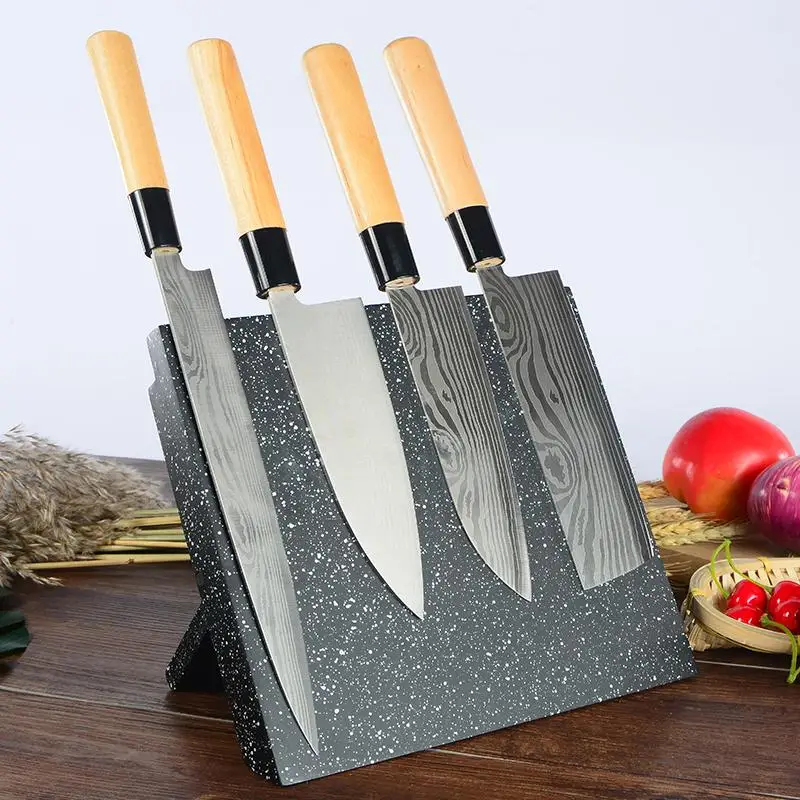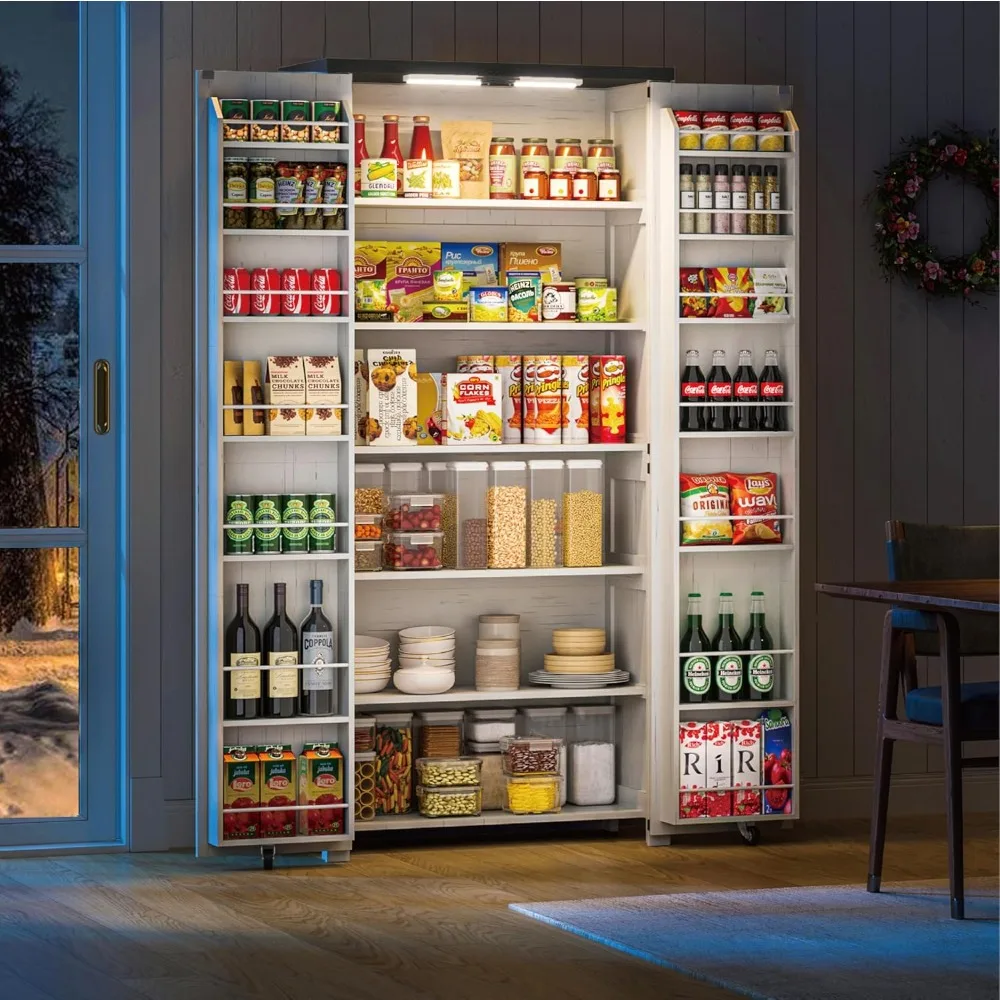Introduction of Kitchen Plumbing:
In any home, the kitchen is a central hub where food is prepared, meals are shared, and memories are made. Behind the scenes of a well-functioning kitchen lies a complex network of plumbing systems that ensure the smooth operation of water supply, drainage, and various kitchen appliances. In this article, we will explore the essential components and considerations for kitchen plumbing, highlighting the importance of proper installation, maintenance, and troubleshooting.
Water Supply:
The water supply system provides clean and potable water to the kitchen. It typically consists of a main water line connected to the municipal water supply or a private well.
Essential components include shut-off valves, pressure regulators, and water meters. Shut-off valves allow for quick and easy water supply control, while pressure regulators maintain optimal water pressure throughout the system.
Types of Kitchen Plumbing Components:
Drainage Systems:
Kitchen drainage systems consist of pipes, traps, and vents. The trap prevents sewer gases from entering the kitchen, while vents help with proper drainage and air pressure equalization. Drainage systems can be made of PVC, ABS, or cast iron pipes.
Dishwashers:
Dishwashers are plumbing appliances that require connections to the water supply, drainage system, and electrical power. They come in different sizes and capacities, offering various features such as adjustable racks and multiple wash cycles.
Faucets and Fixtures:
Faucets are the primary source of water in the kitchen. They come in various styles and designs, offering options for different functionalities and aesthetics.
Consider factors such as ease of use, water efficiency, and durability when selecting faucets. High-quality fixtures with efficient designs can help conserve water and reduce utility bills.
Sink and Drainage System:
The sink is the heart of the kitchen, used for various tasks from washing dishes to food preparation. It is vital to ensure proper installation and maintenance to prevent leaks and blockages.
The drainage system consists of pipes, traps, and vents. The trap, typically located beneath the sink, prevents sewer gases from entering the kitchen while allowing wastewater to flow out. Vents facilitate proper drainage by equalizing pressure and preventing airlocks in the system.
Dishwashers and Garbage Disposals:
Dishwashers and garbage disposals are common kitchen appliances that require plumbing connections. They simplify kitchen tasks but also require proper installation and maintenance to avoid leaks or clogs.
Dishwashers need a water supply line, a drain line, and an electrical connection. Garbage disposals require a water supply line, a discharge pipe, and an electrical connection.
Water Filtration Systems:
Water filtration systems are becoming increasingly popular in kitchens to ensure clean and safe drinking water. These systems remove impurities, contaminants, and odors from the water supply.
Consider the type of filtration system that best suits your needs, such as carbon filters, reverse osmosis systems, or UV disinfection systems. Proper installation and regular filter changes are essential for maintaining their effectiveness.
Maintenance and Troubleshooting:
Regular maintenance is crucial for the longevity and optimal performance of the kitchen plumbing system. Inspect for leaks, drips, or signs of water damage. Check and clean aerators and filters to maintain proper water flow and quality.
In case of plumbing issues, such as leaks, clogs, or low water pressure, troubleshoot the problem by identifying the affected area, checking for blockages, or calling a professional plumber for assistance.
How to Choose Kitchen Plumbing Components?
When selecting kitchen plumbing components, it’s important to consider factors that will ensure functionality, durability, and compatibility. Here are some key points to consider when choosing kitchen plumbing components:
Water Supply:
Determine the water source for your kitchen plumbing. If connected to a municipal water supply, ensure compatibility with local regulations and standards. If using a private well, consider the capacity and quality of the water source.
Choose high-quality shut-off valves and pressure regulators to control water flow and maintain optimal pressure.
Faucets and Fixtures:
Select faucets and fixtures that match your kitchen style and meet your functional needs. Consider the number of handles, spout height and reach, and the type of control (e.g., lever, knob, or touchless).
Look for WaterSense-labeled faucets and fixtures that meet water efficiency standards, reducing water consumption without compromising performance.
Sink and Drainage System:
Choose a sink that fits your kitchen layout and meets your requirements for size, style, and material. Consider the number and placement of bowls and the depth for ease of use.
Opt for durable and corrosion-resistant materials for sink drains, traps, and pipes. Ensure proper sizing and installation to prevent leaks and clogs.
Dishwashers and Garbage Disposals:
Select dishwashers and garbage disposals that are compatible with your kitchen plumbing system. Consider the required connections for water supply, drainage, and electrical power.
Look for energy-efficient appliances that meet industry standards and have features that suit your needs, such as adjustable racks or multiple wash cycles.
Water Filtration Systems:
Determine the type of water filtration system that suits your needs, such as activated carbon filters, reverse osmosis systems, or UV disinfection systems. Consider the size, capacity, and maintenance requirements of the system.
Choose a filtration system that removes contaminants specific to your water source and matches your desired water quality.
Professional Installation:
For complex plumbing tasks or if you lack plumbing experience, consider hiring a professional plumber for installation. They can ensure proper connections, prevent leaks, and comply with local codes and regulations.
If you opt for DIY installation, follow manufacturer’s instructions carefully and consult plumbing resources for guidance.
Budget:
Determine your budget range and prioritize essential components. Allocate funds for quality materials and reliable brands that offer warranties or guarantees.
Remember that investing in durable and efficient plumbing components can save money in the long run by reducing water waste and preventing costly repairs.
By considering these factors, you can choose kitchen plumbing components that are functional, durable, and compatible with your kitchen layout and needs. Proper selection and installation will ensure a reliable and efficient kitchen plumbing system, making everyday tasks more convenient and enjoyable.
Conclusion:
Kitchen plumbing systems play a vital role in ensuring the functionality and efficiency of the kitchen. From the water supply, faucets, and sinks to dishwashers, garbage disposals, and water filtration systems, each component plays a crucial part in everyday kitchen tasks. By understanding the essential components, proper installation, regular maintenance, and troubleshooting techniques, homeowners can maintain a reliable and efficient kitchen plumbing system. This ensures a clean and well-supplied kitchen, making cooking and cleaning tasks a breeze while providing peace of mind for the entire household.







